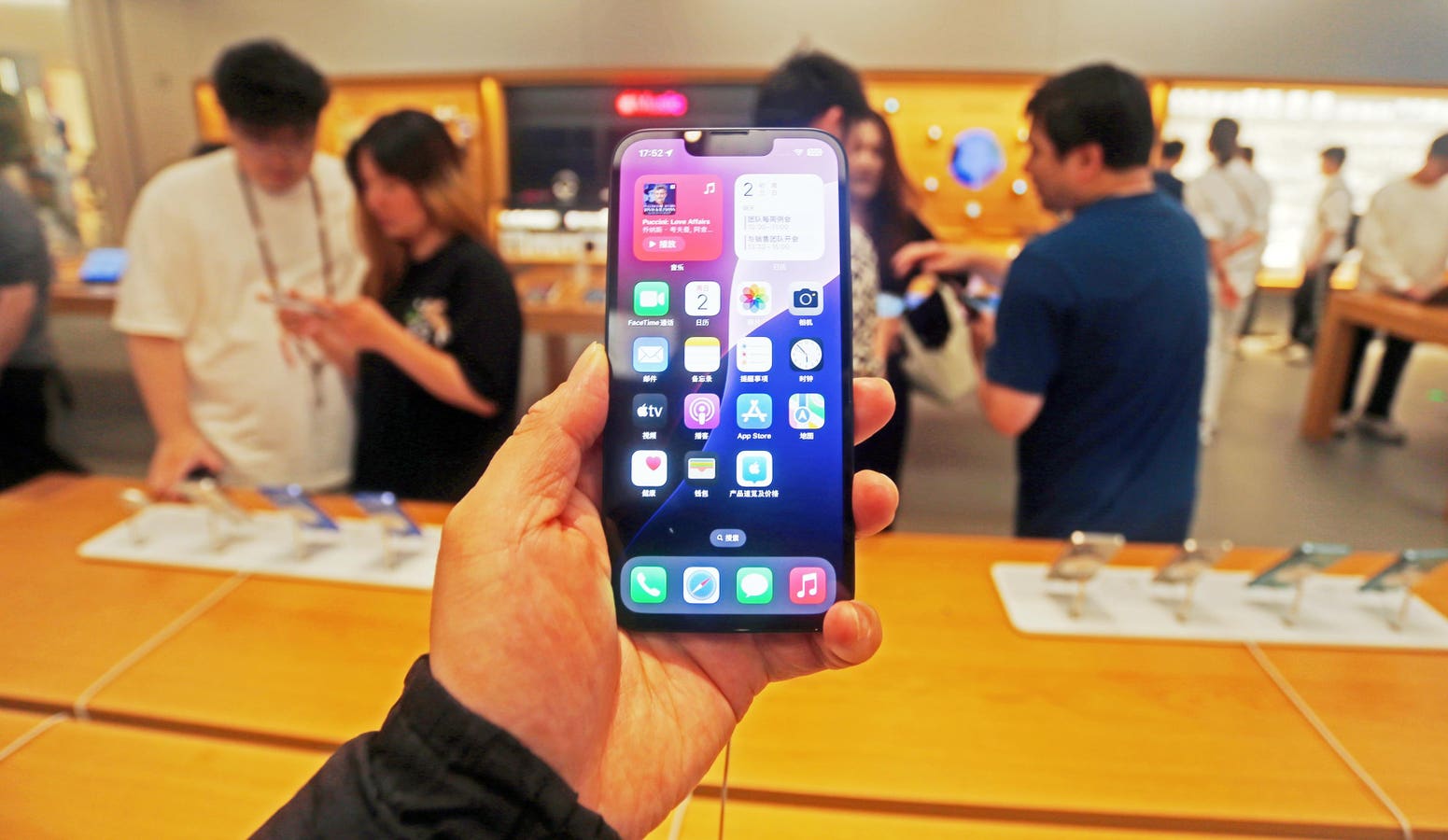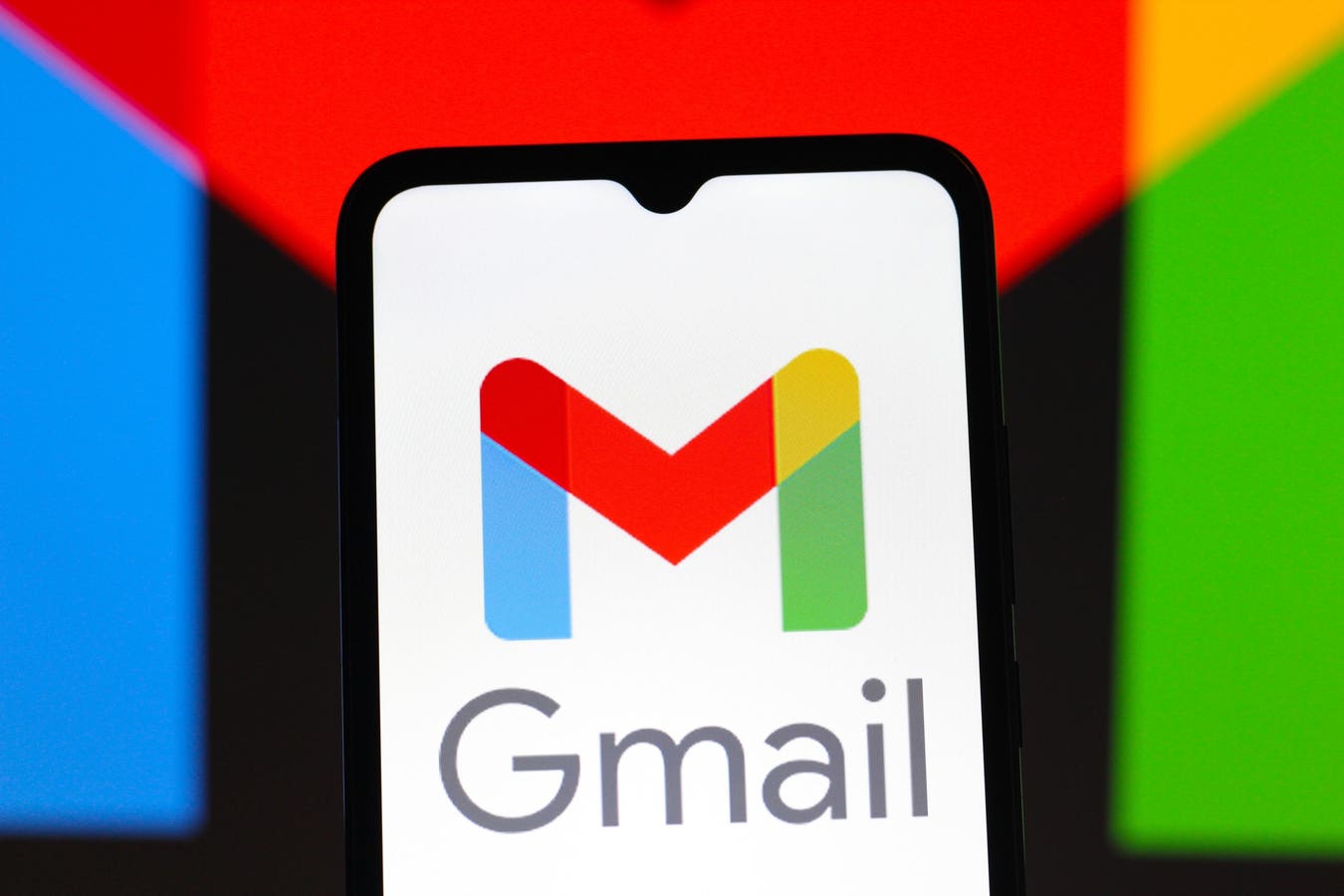Agentic AI is forcing us to rebuild digital trust—shifting it from belief in machines to proof through cryptography.
getty
Artificial intelligence is learning to act on its own. Not in the sci-fi sense of sentient robots taking over, but in the real-world evolution of agentic AI—systems that can make decisions, take actions and adapt without waiting for a prompt.
The shift from automation to autonomy isn’t just a technical milestone. It forces us to reexamine one of the oldest questions in technology: what does it mean to trust?
For years, we’ve trusted machines in limited ways. Algorithms recommend what to watch, cars park themselves and chatbots answer questions. But when AI begins to operate independently—spinning up cloud instances, making transactions, or responding to security incidents—it crosses into new territory.
Trust is no longer about whether the system is available or accurate. It’s about whether it’s accountable.
Trust Without Supervision
Traditional trust models assume human control. We trust people to use technology responsibly and we build systems to monitor and verify their actions. Agentic AI flips that model. Once an autonomous agent starts acting faster than humans can supervise, the old “trust but verify” approach becomes obsolete.
That doesn’t mean we abandon oversight—it means we rebuild it. Trust in the age of autonomous AI must be programmable, traceable and revocable. Machines need the digital equivalent of an employee ID, an access badge and a manager who can revoke those privileges instantly.
That’s where digital identity becomes central. Every AI agent represents a distinct entity within the enterprise. Each needs a unique identity that defines what it can access, how long that access lasts and who can shut it down if something goes wrong. In other words, trust has to scale like code.
From Credentials to Cryptography
We’ve been here before, in a sense.
Machine identities already outnumber human users by a wide margin, powering APIs, containers and workloads that communicate continuously. Agentic AI amplifies that challenge tenfold.
As I discussed recently with Chris Hickman, chief security officer at Keyfactor, we don’t actually need to invent new security technology to handle it. “PKI has a role in agentic AI no matter what,” Hickman told me.
Certificates already authenticate billions of machine connections daily. They’re auditable, time-bound and revocable—the exact attributes digital trust needs in an autonomous system.
That’s the irony: the future of AI may rely on one of the oldest tools in cybersecurity. According to Hickman, proven cryptography, not novelty, is what will keep autonomous systems accountable.
The New Equation of Digital Trust
Historically, digital trust has been built on three assumptions: that humans are in control, that credentials remain static and that systems evolve slowly enough for policy to catch up. None of those assumptions hold anymore.
Agentic AI changes the equation:
- Control becomes distributed. Humans aren’t giving instructions step-by-step; they’re setting boundaries and expectations.
- Credentials become ephemeral. Static keys and passwords can’t secure dynamic agents. Authorization must adapt in real time.
- Policy becomes predictive. Governance has to anticipate behavior, not just react to it.
If those sound abstract, they’re not. Think of an autonomous customer-service agent empowered to issue refunds. Its authority must be limited by transaction size, frequency and context—and those parameters must be enforced cryptographically, not manually. Digital trust becomes a living framework rather than a static rulebook.
Shadow AI and the Fragility of Trust
Of course, no framework is perfect if the organization doesn’t know what it’s trusting. The explosion of “shadow AI”—unsanctioned use of generative or agentic tools by employees—has made visibility the first prerequisite for trust.
As Hickman pointed out, policies alone won’t stop it. “A dedicated employee will find a way around your AI policy,” he said. Visibility, not prohibition, is what prevents blind trust from turning into misplaced trust. That means discovering every agent operating inside your environment, verifying its origin and maintaining the ability to revoke its access instantly.
The alternative is digital anarchy—thousands of agents making decisions without oversight, invisible until something breaks.
Preparing for the Quantum Future
Even as organizations grapple with AI trust, another transformation is brewing. Post-quantum cryptography will soon rewrite the foundations of digital security. By the end of the decade, enterprises could face a convergence of autonomous AI, shortened certificate lifespans and quantum-safe algorithm transitions—a “trifecta of disruption,” as Hickman described it.
The lesson is simple: agility equals trust. Systems must be able to rotate keys, switch algorithms and evolve without breaking their own security model. In an autonomous world, rigidity is the new vulnerability.
Redefining Trust Itself
Digital trust used to mean keeping data confidential and systems available. In the era of agentic AI, it means something broader: confidence that autonomous actions align with human intent. Trust becomes a measure of alignment, not control.
That shift will challenge every organization. It requires transparency, accountability and cryptographic certainty at machine speed. But it also invites a healthier relationship with technology—one where trust isn’t blind, but built into every interaction.
We’ve spent decades teaching machines to think. The next decade will be about teaching them to earn trust. And that may be the most human challenge of all.









